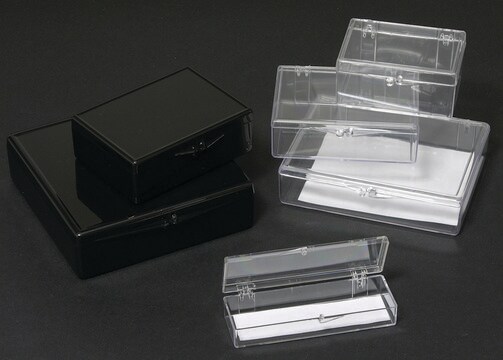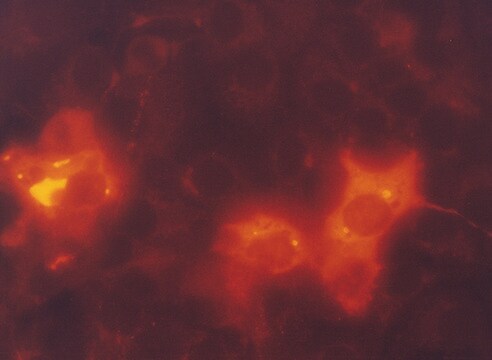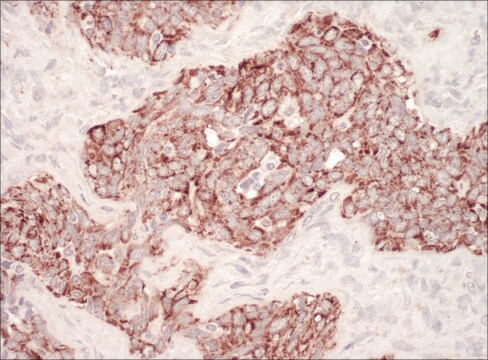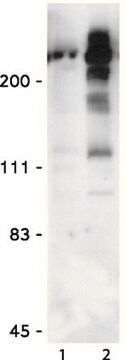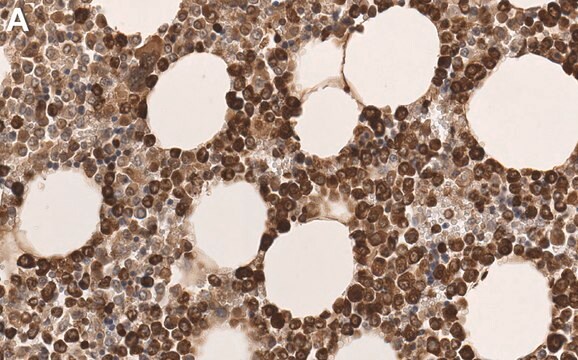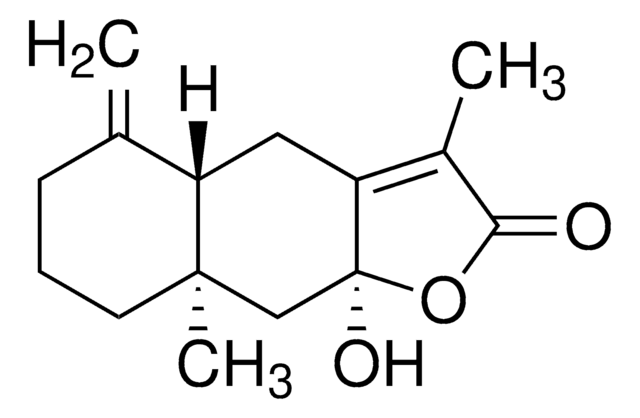16-220
Anti-phospho-Ser/Thr-Pro MPM-2 Antibody, Cy5 conjugate
Upstate®, from mouse
Sinonimo/i:
Anti-MPM-2 Cy5 Antibody, Cy5 Anti-MPM-2, Phospho-Ser/Thr-Pro Detection
About This Item
Prodotti consigliati
Origine biologica
mouse
Livello qualitativo
Coniugato
CY5 conjugate
Forma dell’anticorpo
purified antibody
Tipo di anticorpo
primary antibodies
Clone
monoclonal
Reattività contro le specie
vertebrates
Produttore/marchio commerciale
Upstate®
tecniche
immunocytochemistry: suitable
immunofluorescence: suitable
western blot: suitable
Isotipo
IgG1
Condizioni di spedizione
wet ice
modifica post-traduzionali bersaglio
phosphorylation (pSer/pThr)
Descrizione generale
Specificità
Immunogeno
Applicazioni
Epigenetics & Nuclear Function
Cell Cycle, DNA Replication & Repair
Qualità
Stato fisico
Stoccaggio e stabilità
Risultati analitici
Colcemid-treated HeLa cell lysates
Note legali
Esclusione di responsabilità
Non trovi il prodotto giusto?
Prova il nostro Motore di ricerca dei prodotti.
Codice della classe di stoccaggio
12 - Non Combustible Liquids
Classe di pericolosità dell'acqua (WGK)
WGK 2
Punto d’infiammabilità (°F)
Not applicable
Punto d’infiammabilità (°C)
Not applicable
Certificati d'analisi (COA)
Cerca il Certificati d'analisi (COA) digitando il numero di lotto/batch corrispondente. I numeri di lotto o di batch sono stampati sull'etichetta dei prodotti dopo la parola ‘Lotto’ o ‘Batch’.
Possiedi già questo prodotto?
I documenti relativi ai prodotti acquistati recentemente sono disponibili nell’Archivio dei documenti.
Il team dei nostri ricercatori vanta grande esperienza in tutte le aree della ricerca quali Life Science, scienza dei materiali, sintesi chimica, cromatografia, discipline analitiche, ecc..
Contatta l'Assistenza Tecnica.
